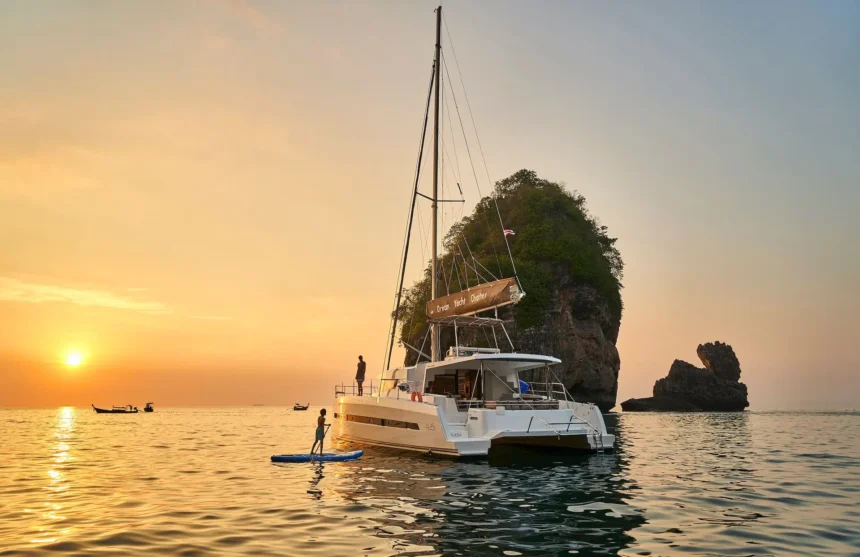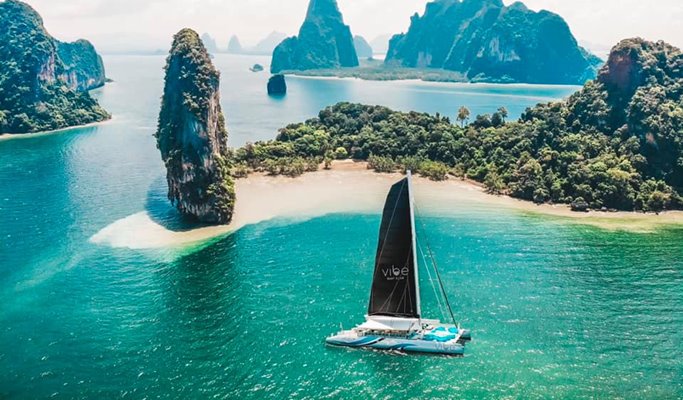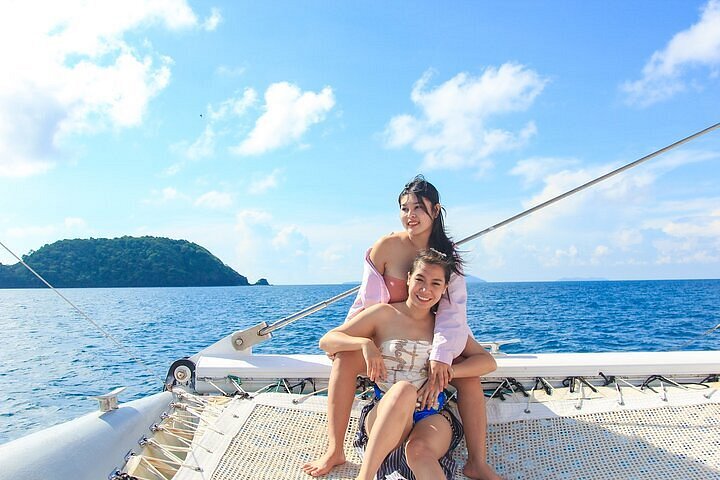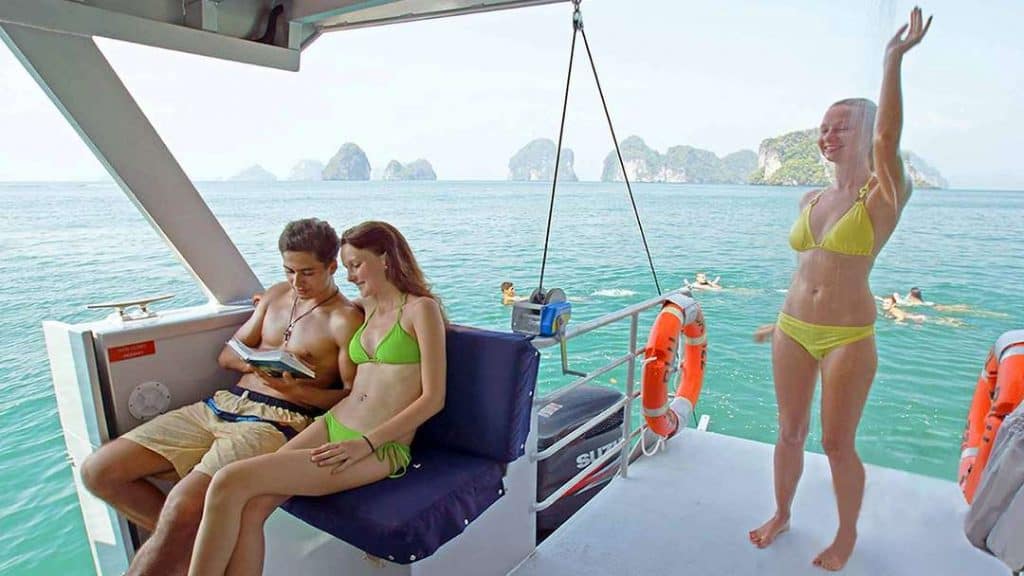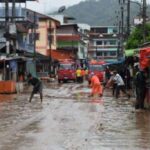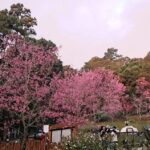There’s something magical about leaving the mountains behind and trading them for the sea. My trip began at Chiang Mai International Airport, where the air is crisp and carries the faint scent of roasted coffee and temple incense. As I boarded my early morning flight to Phuket, anticipation replaced my usual pre-travel jitters. The promise of sailing for three days on a catamaran — a first for me — felt like stepping into a different world entirely.
Arrival in Phuket
Phuket’s heat hit me like a warm embrace as I stepped off the plane. The salty tang of the Andaman Sea was faint but unmistakable, mingling with the chaotic hum of airport arrivals. I met Niran, the skipper who works for plainsailing.com and would guide us through the next three days of exploration. Weathered by years at sea yet calm and smiling, he radiated the kind of quiet confidence you want in someone steering your floating home.
After a short drive to the marina — Ao Po Grand, a hive of activity with yachts gently clinking against their moorings — we laid eyes on our catamaran. Sleek and spacious, it was far more luxurious than I had imagined: wide decks for sunbathing, airy cabins with panoramic windows, and just enough modern touches to feel comfortable without losing the romance of sailing.
Casting Off
As the marina faded behind us, the sea unfolded into an infinite expanse of emerald and sapphire. The sails unfurled with a soft thud, catching the wind as Niran guided us toward our first destination: Phang Nga Bay.
The bay is famous for its limestone karsts — colossal rock formations rising dramatically from the water. Gliding between them felt surreal, like navigating through a natural cathedral. Niran pointed out hidden caves only visible at low tide and told stories of pirates who once used these coves as hideouts. We anchored near a quiet beach, inaccessible by road, and leapt into the water. It was startlingly clear — you could see tiny fish darting beneath your toes.
Dinner that night was onboard: fresh seafood grilled on the aft deck, fragrant with lemongrass and lime. As the sun set, the karsts turned to silhouettes, and the sky erupted in shades of gold and crimson. We sat in silence, awed by the raw beauty of it all.
Day Two: Island Hopping
I woke to the gentle rocking of the boat and the soft hum of waves lapping at the hull. Coffee never tastes as good as it does at sea, sipped barefoot on a deck with nothing but water around you.
Our second day was devoted to island hopping. We sailed south toward the Phi Phi Islands, their names alone enough to conjure images of paradise. Maya Bay — once closed to allow its ecosystem to recover — had reopened with strict limits, and Niran timed our arrival to avoid the crowds. Stepping onto that beach, ringed by cliffs and turquoise water, felt like walking into a postcard.
We snorkelled in lagoons where corals fanned out like underwater gardens, vibrant with clownfish and parrotfish. At one point, Niran led us into a sea cave accessible only by swimming through a narrow tunnel. On the other side, a hidden lagoon awaited, completely enclosed by cliffs and utterly still — a secret world we had all to ourselves.
Lunch was a casual affair: papaya salad and grilled prawns from a floating vendor who paddled up to our boat. It was impossibly fresh and tasted of sunshine and salt. We spent the afternoon anchored off Bamboo Island, lounging on the trampoline netting of the catamaran, feeling the sun on our faces and the wind in our hair.
That evening, we anchored in a quiet cove away from the main tourist routes. The night sky was a riot of stars, unmarred by city lights. Lying on the deck, I realized I couldn’t remember the last time I had seen the Milky Way so clearly.
Day Three: A Final Sail
Our last morning began with an early sail toward Koh Yao Yai, a quieter island known for its fishing villages and untouched beaches. We stopped at a small inlet where long-tail boats bobbed lazily, their prows painted in bright colours and adorned with fluttering ribbons. Children waved from the shore as we passed — a reminder that, despite Phuket’s booming tourism, there are still pockets of authenticity here.
Niran, ever the storyteller, shared local legends about sea spirits and the annual festivals held to honour them. He seemed to know every rock, every current, every gust of wind. Watching him work was hypnotic — adjusting sails with practiced ease, reading the water like an open book.
Before returning to the marina, we made one final stop at a sandbar that appears only at low tide. For an hour, we walked barefoot on a strip of white sand floating in the middle of the sea, surrounded by nothing but water and sky. It felt like the perfect farewell — ephemeral and unforgettable.
Back to Land
Sailing back into the marina was bittersweet. The hum of engines and the sight of land creeping closer signalled the end of our brief escape. We tied up at the dock where it had all begun, the boat suddenly feeling smaller without the endless horizon around it.
After goodbyes with Niran — promises to return, handshakes that felt like farewells between friends rather than strangers — I found myself back at Phuket International Airport. The salty wind still clung to my clothes, and my skin was warm from days in the sun.
As the plane lifted off, I looked down at the patchwork of islands scattered across the Andaman Sea. Three days earlier, they had been unknown shapes on a map; now, each carried a memory — a cave explored, a sunset witnessed, a taste of saltwater on my lips.
Reflections
Travel often blurs together over time, but sailing forces you to slow down. It strips life to its essentials: wind, water, and wonder. This trip — from the mountains of Chiang Mai to the turquoise bays of Phuket — felt like more than a holiday. It was a reset, a reminder of how vast and beautiful the world is when seen at seven knots.
And as the clouds closed in beneath the plane, I knew this wouldn’t be my last time chasing horizons under sail.
Related News:
Chiang Rai to Experience Cold Weather Over New Year Holiday




